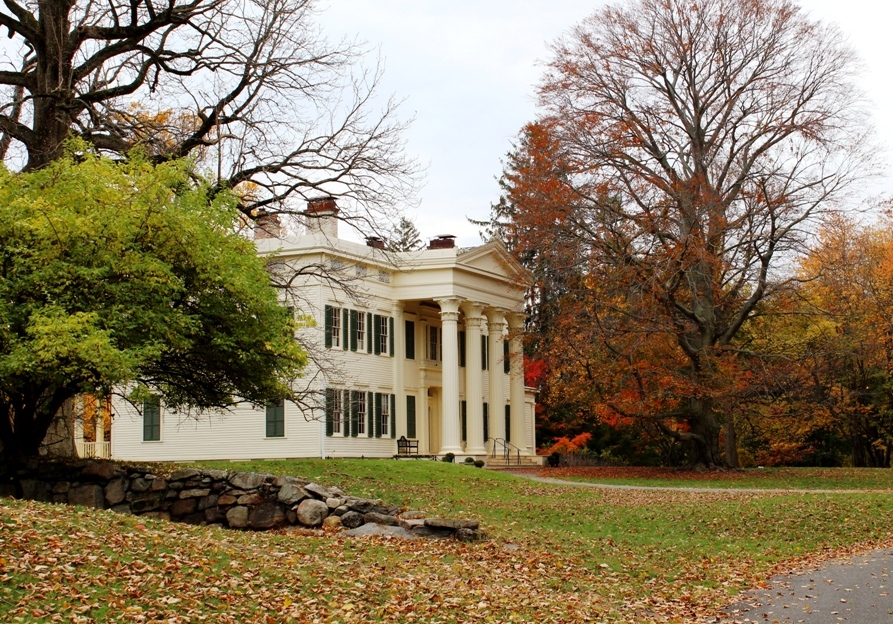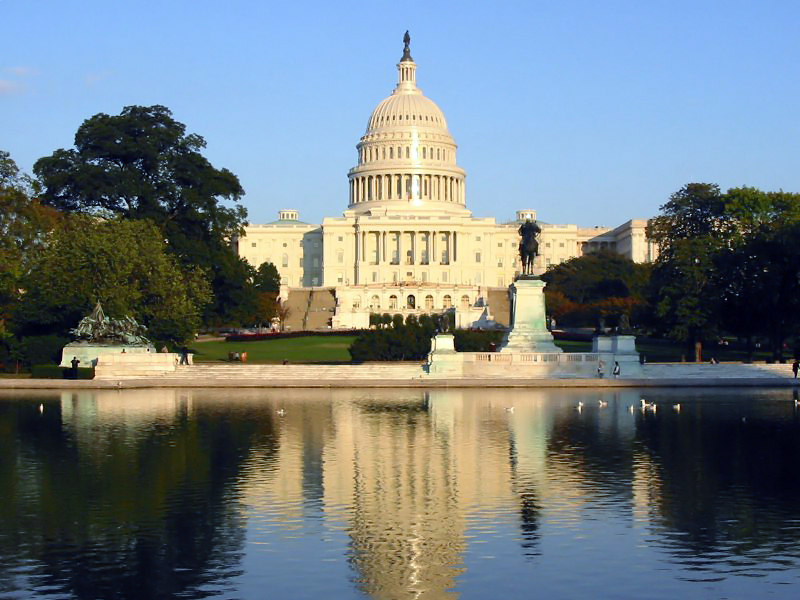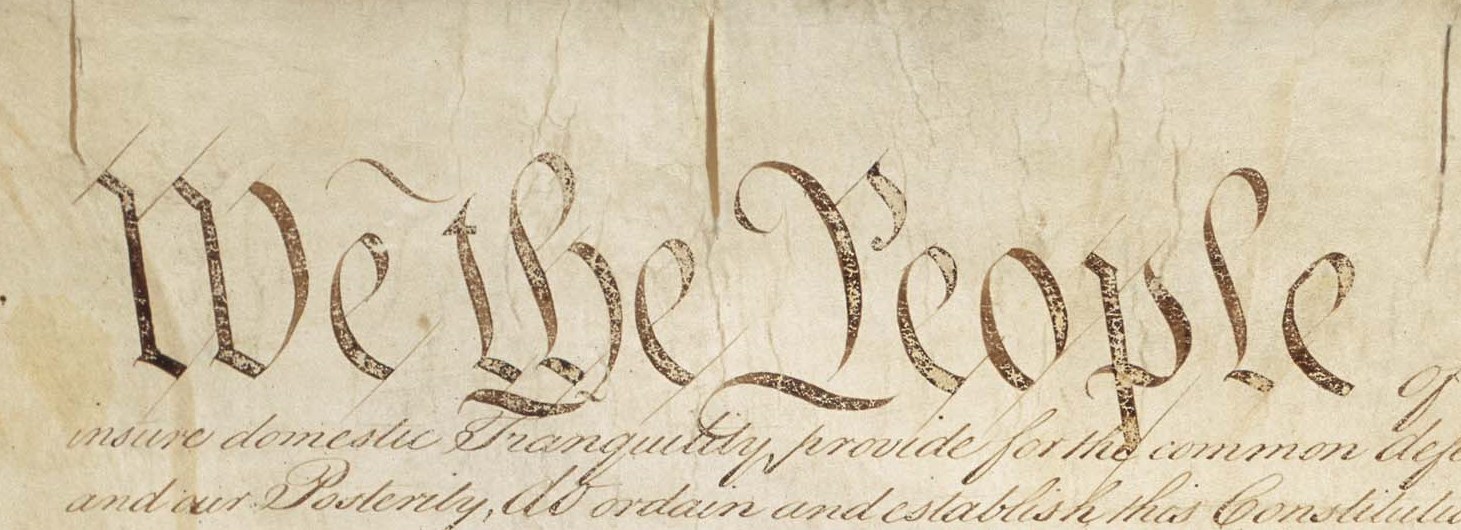|
Jay Treaty
The Treaty of Amity, Commerce, and Navigation, Between His Britannic Majesty and the United States of America, commonly known as the Jay Treaty, and also as Jay's Treaty, was a 1794 treaty between the United States and Great Britain that averted war, resolved issues remaining since the Treaty of Paris of 1783 (which ended the American Revolutionary War), and facilitated ten years of peaceful trade between the United States and Britain in the midst of the French Revolutionary Wars, which began in 1792. The Treaty was designed by Alexander Hamilton and supported by President George Washington. It angered France and bitterly divided Americans. It inflamed the new growth of two opposing parties in every state, the pro-Treaty Federalists and the anti-Treaty Jeffersonian Republicans. The Treaty was negotiated by John Jay and gained many of the primary American goals. This included the withdrawal of British Army units from forts in the Northwest Territory that it had refused to relin ... [...More Info...] [...Related Items...] OR: [Wikipedia] [Google] [Baidu] |
American Revolutionary War
The American Revolutionary War (April 19, 1775 – September 3, 1783), also known as the Revolutionary War or American War of Independence, was a major war of the American Revolution. Widely considered as the war that secured the independence of the United States, fighting began on April 19, 1775, followed by the Lee Resolution on July 2, 1776, and the Declaration of Independence on July 4, 1776. The American Patriots were supported by the Kingdom of France and, to a lesser extent, the Dutch Republic and the Spanish Empire, in a conflict taking place in North America, the Caribbean, and the Atlantic Ocean. Established by royal charter in the 17th and 18th centuries, the American colonies were largely autonomous in domestic affairs and commercially prosperous, trading with Britain and its Caribbean colonies, as well as other European powers via their Caribbean entrepôts. After British victory over the French in the Seven Years' War in 1763, tensions between the motherland and he ... [...More Info...] [...Related Items...] OR: [Wikipedia] [Google] [Baidu] |
Thermidorian Reaction
The Thermidorian Reaction (french: Réaction thermidorienne or ''Convention thermidorienne'', "Thermidorian Convention") is the common term, in the historiography of the French Revolution, for the period between the ousting of Maximilien Robespierre on 9 Thermidor II, or 27 July 1794, and the inauguration of the French Directory on 2 November 1795. The "Thermidorian Reaction" was named after Thermidor, the month in which the coup took place and was the latter part of the National Convention's rule of France. It was marked by the end of the Reign of Terror, decentralization of executive powers from the Committee of Public Safety and a turn from the radical Jacobin policies of the The Mountain, Montagnard Convention to more conservative positions. Economic and general populism, dechristianization, and harsh wartime measures were largely abandoned, as the members of the convention, disillusioned and frightened of the centralized government of the Terror, preferred a more stable polit ... [...More Info...] [...Related Items...] OR: [Wikipedia] [Google] [Baidu] |
Gouverneur Morris
Gouverneur Morris ( ; January 31, 1752 – November 6, 1816) was an American statesman, a Founding Father of the United States, and a signatory to the Articles of Confederation and the United States Constitution. He wrote the Preamble to the United States Constitution and has been called the "Penman of the Constitution". While most Americans still thought of themselves as citizens of their respective states, Morris advanced the idea of being a citizen of a single union of states. He was also one of the most outspoken opponents of slavery among those who were present at the Constitutional Convention. He represented New York in the United States Senate from 1800 to 1803. Morris was born into a wealthy landowning family in what is now New York City. After attending King's College, now Columbia University, he studied law under Judge William Smith and earned admission to the bar. He was elected to the New York Provincial Congress before serving in the Continental Congress. After l ... [...More Info...] [...Related Items...] OR: [Wikipedia] [Google] [Baidu] |
Treaty Of Paris (1783)
The Treaty of Paris, signed in Paris by representatives of George III, King George III of Kingdom of Great Britain, Great Britain and representatives of the United States, United States of America on September 3, 1783, officially ended the American Revolutionary War and overall state of conflict between the two countries. The treaty set the Demarcation line, boundaries between the British North America (later called Canada) and the United States, United States of America, on lines "exceedingly generous" to the latter. Details included fishing rights and restoration of property and Prisoners of war in the American Revolutionary War, prisoners of war. This treaty and the separate peace treaties between Great Britain and the nations that supported the American cause—France in the American Revolutionary War, France, Spain in the American Revolutionary War, Spain, and the Dutch Republic—are known collectively as the Peace of Paris (1783), Peace of Paris. Only Article 1 of the tr ... [...More Info...] [...Related Items...] OR: [Wikipedia] [Google] [Baidu] |
John Jay (Gilbert Stuart Portrait)
John Jay (December 12, 1745 – May 17, 1829) was an American statesman, patriot, diplomat, abolitionist, signatory of the Treaty of Paris, and a Founding Father of the United States. He served as the second governor of New York and the first chief justice of the United States. He directed U.S. foreign policy for much of the 1780s and was an important leader of the Federalist Party after the ratification of the United States Constitution in 1788. Jay was born into a wealthy family of merchants and New York City government officials of French Huguenot and Dutch descent. He became a lawyer and joined the New York Committee of Correspondence, organizing American opposition to British policies such as the Intolerable Acts in the leadup to the American Revolution. Jay was elected to the First Continental Congress, where he signed the Continental Association, and to the Second Continental Congress, where he served as its president. From 1779 to 1782, Jay served as the ambassador ... [...More Info...] [...Related Items...] OR: [Wikipedia] [Google] [Baidu] |
War Of 1812
The War of 1812 (18 June 1812 – 17 February 1815) was fought by the United States of America and its indigenous allies against the United Kingdom and its allies in British North America, with limited participation by Spain in Florida. It began when the United States declared war on 18 June 1812 and, although peace terms were agreed upon in the December 1814 Treaty of Ghent, did not officially end until the peace treaty was ratified by Congress on 17 February 1815. Tensions originated in long-standing differences over territorial expansion in North America and British support for Native American tribes who opposed US colonial settlement in the Northwest Territory. These escalated in 1807 after the Royal Navy began enforcing tighter restrictions on American trade with France and press-ganged men they claimed as British subjects, even those with American citizenship certificates. Opinion in the US was split on how to respond, and although majorities in both the House and ... [...More Info...] [...Related Items...] OR: [Wikipedia] [Google] [Baidu] |
Monroe–Pinkney Treaty
The Monroe–Pinkney Treaty was a treaty drawn up in 1806 by diplomats of the United States and Great Britain to renew the 1795 Jay Treaty. As it was rejected by President Thomas Jefferson, it never took effect. The treaty was negotiated by the minister to Britain, James Monroe, and his associate, William Pinkney, on behalf of the Jefferson administration and by Lord Holland and Lord Auckland on behalf of the Ministry of All the Talents, a government that was headed by Lord Grenville. For the Americans, the treaty had the goals of making the British abandon the practice of impressing sailors from American ships, addressing the neutral trading rights of American vessels during the ongoing Napoleonic Wars, and other commercial concerns. However, the British were short of manpower for the Royal Navy and believed that many British deserters were serving on American ships. In the desperate war against Napoleon, the British believed that they could not afford to abandon impressment ... [...More Info...] [...Related Items...] OR: [Wikipedia] [Google] [Baidu] |
First Party System
The First Party System is a model of American politics used in history and political science to periodize the political party system that existed in the United States between roughly 1792 and 1824. It featured two national parties competing for control of the presidency, Congress, and the states: the Federalist Party, created largely by Alexander Hamilton, and the rival Jeffersonian Democratic-Republican Party, formed by Thomas Jefferson and James Madison, usually called at the time the Republican Party (which is distinct from the modern Republican Party). The Federalists were dominant until 1800, while the Republicans were dominant after 1800. Both parties originated in national politics, but soon expanded their efforts to gain supporters and voters in every state. The Federalists appealed to the business community and the Republicans to the planters and farmers. By 1796, politics in every state was nearly monopolized by the two parties, with party newspapers and caucuses beco ... [...More Info...] [...Related Items...] OR: [Wikipedia] [Google] [Baidu] |
Republicanism In The United States
The values, ideals and concept of republicanism have been discussed and celebrated throughout the history of the United States. As the United States has no formal hereditary ruling class, ''republicanism'' in this context does not refer to a political movement to abolish such a class, as it does in countries such as the UK, Australia, and Netherlands. Instead, it refers to the core values that citizenry in a republic have, or ought to have. Political scientists and historians have described these central values as ''liberty'' and '' inalienable individual rights''; recognizing the sovereignty of the people as the source of all authority in law; rejecting monarchy, aristocracy, and hereditary political power; virtue and faithfulness in the performance of civic duties; and vilification of corruption. These values are based on those of Ancient Greco-Roman, Renaissance, and English models and ideas. Articulated in the writings of the Founding Fathers (particularly Thomas Jeffe ... [...More Info...] [...Related Items...] OR: [Wikipedia] [Google] [Baidu] |
Aristocracy
Aristocracy (, ) is a form of government that places strength in the hands of a small, privileged ruling class, the aristocracy (class), aristocrats. The term derives from the el, αριστοκρατία (), meaning 'rule of the best'. At the time of the word's origins in ancient Greece, the Greeks conceived it as rule by the best-qualified citizens—and often contrasted it favorably with monarchy, rule by an individual. The term was first used by such ancient Greeks as Aristotle and Plato, who used it to describe a system where only the best of the citizens, chosen through a careful process of selection, would become rulers, and hereditary rule would actually have been forbidden, unless the rulers' children performed best and were better endowed with the attributes that make a person fit to rule compared with every other citizen in the polity. Hereditary rule in this understanding is more related to oligarchy, a corrupted form of aristocracy where there is rule by a few, bu ... [...More Info...] [...Related Items...] OR: [Wikipedia] [Google] [Baidu] |
Jeffersonian Democracy
Jeffersonian democracy, named after its advocate Thomas Jefferson, was one of two dominant political outlooks and movements in the United States from the 1790s to the 1820s. The Jeffersonians were deeply committed to American republicanism, which meant opposition to what they considered to be artificial aristocracy, opposition to corruption, and insistence on virtue, with a priority for the "yeoman farmer", "planters", and the " plain folk". They were antagonistic to the aristocratic elitism of merchants, bankers, and manufacturers, distrusted factory workers, and were on the watch for supporters of the Westminster system. The term was commonly used to refer to the Democratic-Republican Party (formally named the "Republican Party"), which Jefferson founded in opposition to the Federalist Party of Alexander Hamilton. At the beginning of the Jeffersonian era, only two states (Vermont and Kentucky) had established universal white male suffrage by abolishing property requirement ... [...More Info...] [...Related Items...] OR: [Wikipedia] [Google] [Baidu] |
Coming Into Force
In law, coming into force or entry into force (also called commencement) is the process by which legislation, regulations, treaties and other legal instruments come to have legal force and effect. The term is closely related to the date of this transition. The point at which such instrument comes into effect may be set out in the instrument itself, or after the lapse of a certain period, or upon the happening of a certain event, such as a proclamation or an objective event, such as the birth, marriage, reaching a particular age or death of a certain person. On rare occasions, the effective date of a law may be backdated to a date before the enactment. To come into force, a treaty or Act first needs to receive the required number of votes or ratifications. Although it is common practice to stipulate this number as a requirement in the body of the treaty itself, it can also be set out in a superior law or legal framework, such as a constitution or the standing orders of the legisla ... [...More Info...] [...Related Items...] OR: [Wikipedia] [Google] [Baidu] |
.jpg)






